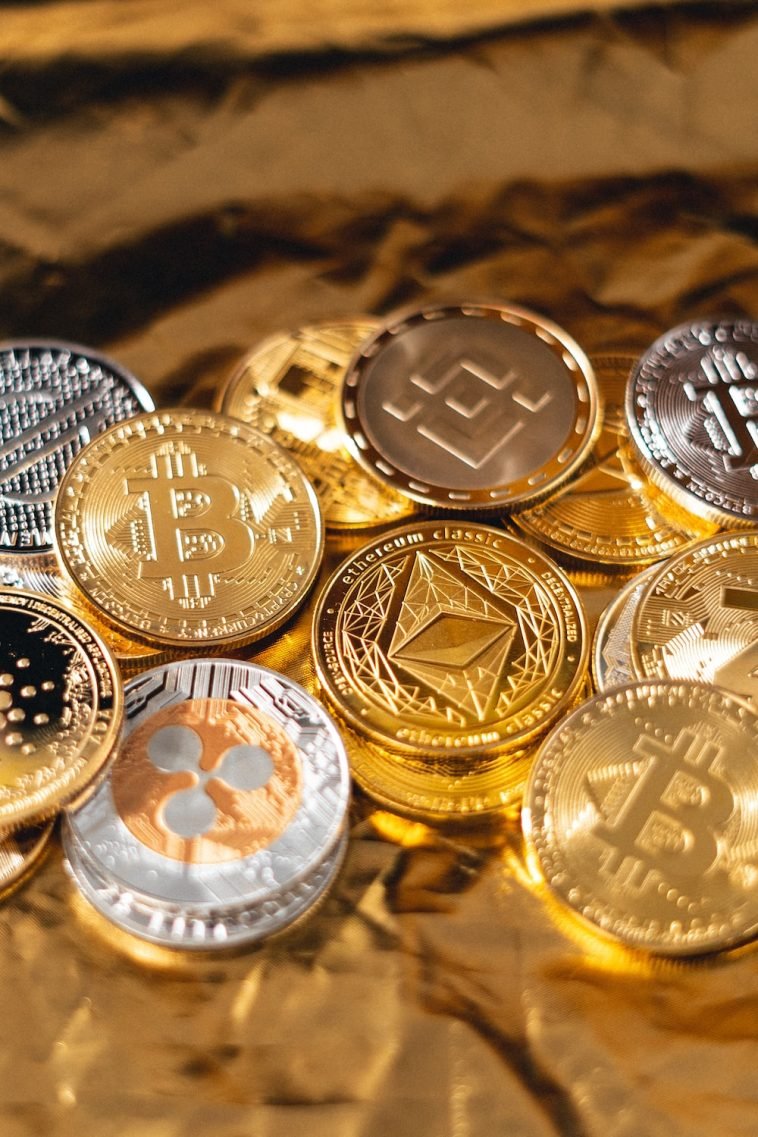Introduction.
Gold has been treasured for centuries, valued not only for its lustrous beauty but also as a store of wealth.
As one of the most sought-after metals in the world, gold holds a special place in the realm of jewellery.
When it comes to purchasing or selling gold jewellery, one may wonder how jewellers determine the price.
The process involves several factors and considerations, ranging from the current market value of gold to intricate craftsmanship and design.
In this article, we will delve into the intricacies of how gold jewellery prices are calculated by jewellers, shedding light on the various elements that influence their final valuation.
Disclaimer.
Please note that any financial advice provided by me is for informational purposes only and should not be construed as professional financial advice.
Investing involves risk and you should always do your research and consult with a licensed financial advisor before making any investment decisions.
I do not endorse any specific investments and is not responsible for any financial losses or gains that may result from following our advice.
The information provided by me is based on our best knowledge and understanding of the subject matter, but we make no representations or warranties of any kind, express or implied, about the completeness, accuracy, reliability, suitability or availability with respect of the information, products, services, or related graphics contained in any of our responses.
How Is Gold Jewellery Price Calculated By Jewellers?
When it comes to buying or selling gold jewellery, understanding how its price is calculated is essential.
Jewellers employ a comprehensive approach, taking into account various factors that influence the final valuation.
In this article, we will explore the intricacies of how gold jewellery prices are calculated by jewellers, shedding light on the key elements involved in the process.
1. Market Price of Gold.
The market price of gold serves as the foundation for determining the price of gold jewellery. Gold is a globally traded commodity, with prices fluctuating daily based on supply and demand dynamics.
Jewellers closely monitor these market fluctuations to establish a benchmark price for gold.
The current market price, often referred to as the spot price, provides jewellers with a starting point for calculating the value of the gold used in the jewellery piece.
2. Gold Purity.
The purity of gold is expressed in karats, with 24-karat gold being the purest form. However, gold jewellery is typically crafted using alloys to enhance durability and achieve desired characteristics.
Common purity levels include 22k, 18k, and 14k gold, indicating the percentage of pure gold in the alloy. Higher karat gold contains a greater proportion of pure gold and is, therefore, more valuable.
Jewellers consider the gold purity to calculate the actual weight of pure gold in the jewellery piece, which is a crucial factor in determining its price.
3. Weight of Gold.
The weight of gold used in jewellery is another significant aspect considered by jewellers. They measure the weight in grams, with a higher weight indicating a larger amount of gold in the piece.
Jewellers employ precision scales to determine the weight accurately, excluding any non-gold components such as gemstones or clasps.
Once the weight of the pure gold is established, it is multiplied by the current market price per gram to derive the base value of the gold in the jewellery.
4. Making Charges and Labour Costs.
Apart from the gold value, jewellers also consider the craftsmanship and effort involved in creating the jewellery piece.
This includes the cost of designing, casting, and setting gemstones (if any), and the skilful labour required to bring the design to life.
These additional expenses, collectively known as making charges or labour costs, contribute to the final price of the gold jewellery.
The complexity of the design, the intricacy of the workmanship, and the reputation of the jeweller can influence the extent of these charges.
5. Design, Brand, and Market Factors.
The aesthetic appeal and design uniqueness of a piece plays a vital role in determining its price. Exclusive designs, intricate detailing, and artistic craftsmanship often command higher prices.
Additionally, established brands with a reputation for quality and innovation tend to have a premium attached to their jewellery pieces.
Furthermore, the prevailing market conditions, including regional demand, local competition, and seasonal trends, can impact the pricing strategy adopted by jewellers.
6. Certification and Hallmarking.
To ensure transparency and maintain customer trust, reputable jewellers often provide certifications and hallmarking for their gold jewellery.
Certification from recognized gemological laboratories verifies the authenticity and quality of the gemstones, if any, in the piece.
Hallmarking, on the other hand, certifies the purity of the gold and guarantees that it meets legal standards. These certifications add credibility to the jewellery piece and may influence its price.
Conclusion.
Calculating the price of gold jewellery is a multifaceted process that involves several considerations. Jewellers take into account the market price of gold, the purity and weight of the gold used, making charges, craftsmanship, design uniqueness, brand reputation, and market factors.
Understanding these elements empowers buyers and sellers to make informed decisions when it comes to gold jewellery transactions.
Whether purchasing a cherished piece or selling a family heirloom, a thorough understanding of how gold jewellery prices are calculated can enhance the overall experience and ensure fair value.






GIPHY App Key not set. Please check settings